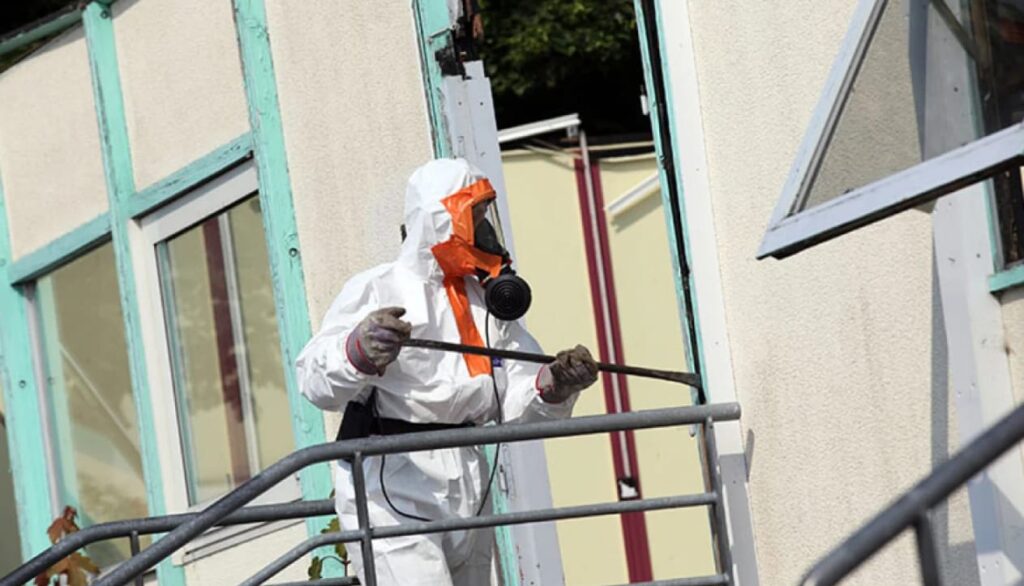In our ongoing battle against occupational health hazards, the significance of comprehensive training cannot be overstated. Among these hazards, asbestos exposure remains a particularly insidious risk, especially in industries dealing with older buildings or structures. This is where class A asbestos training comes to the forefront as an indispensable tool for safeguarding workers and the general public from the dangers associated with asbestos.
Understanding Class A Asbestos
Asbestos, a group of naturally occurring fibrous minerals, was widely used in construction due to its strength, insulation properties, and resistance to fire. However, its fibres can cause severe health issues when inhaled, leading to diseases like asbestosis, lung cancer, and mesothelioma. Class A asbestos, the more hazardous form, refers to the friable kind of asbestos, which can be easily crumbled or reduced to a powder by hand pressure, potentially releasing fibres into the air.
The Necessity of Training
The paramount importance of class A asbestos training stems from the need to handle these materials with the utmost caution. The training equips professionals with the knowledge and skills to identify, assess, and manage the risks associated with friable asbestos safely. It covers appropriate removal practices, protective equipment, legal requirements, and first-response measures in the case of accidental exposure.
Legal and Safety Compliance
Undertaking Class A asbestos training in Sydney is not only a matter of best practice but also of legal compliance. Local laws and regulations mandate specific training for individuals involved in asbestos work, emphasising the necessity of such education in ensuring workplace safety. By adhering to these training requirements, organisations not only protect their employees but also avoid potential legal ramifications.
Benefits of Class A Asbestos Training
The benefits of undergoing asbestos online training are manifold. Firstly, it ensures the health and safety of workers by minimising their risk of exposure to dangerous asbestos fibres. Additionally, it empowers employees, giving them confidence in their ability to handle asbestos-containing materials safely. From a business perspective, such training demonstrates a commitment to safety and legal compliance, which can enhance the reputation of the company and potentially lead to more business opportunities.
Conclusion
The critical importance of class A asbestos training cannot be understated in our ongoing efforts to provide safe and healthy work environments. This specialised training is essential for anyone involved in the removal or management of friable asbestos, equipping them with the necessary skills to perform their jobs safely and effectively. As we continue to confront the challenges posed by asbestos in older buildings and structures, the role of comprehensive class A asbestos training becomes ever more indispensable in protecting workers and the wider community from this hidden hazard.


